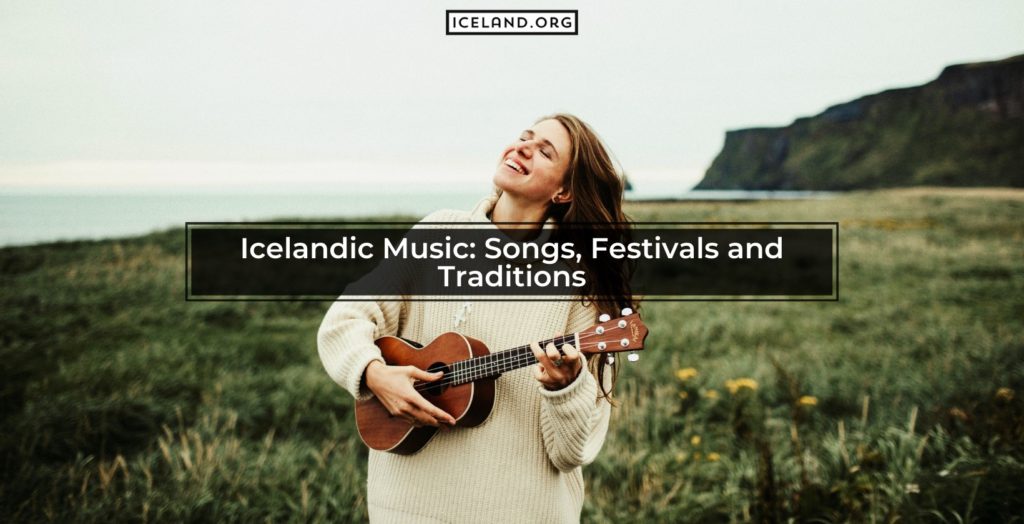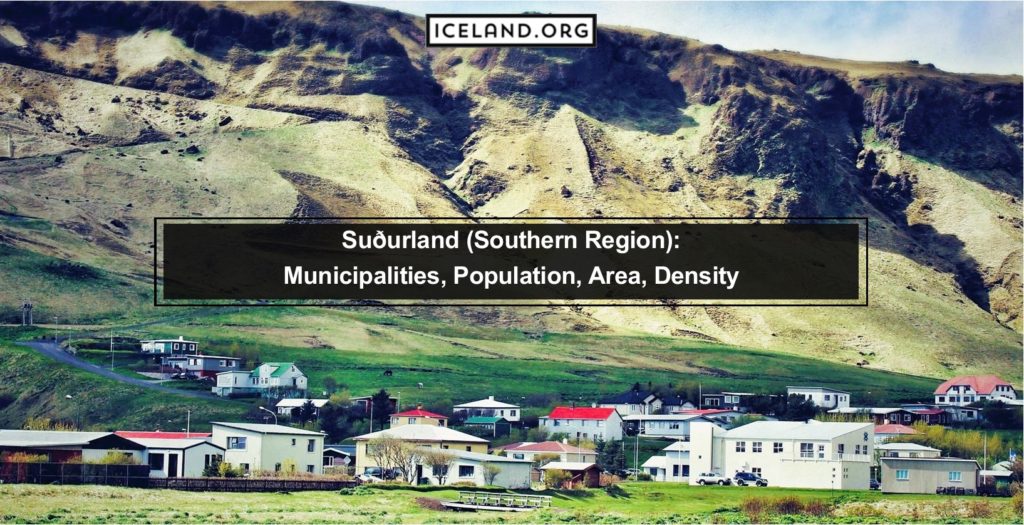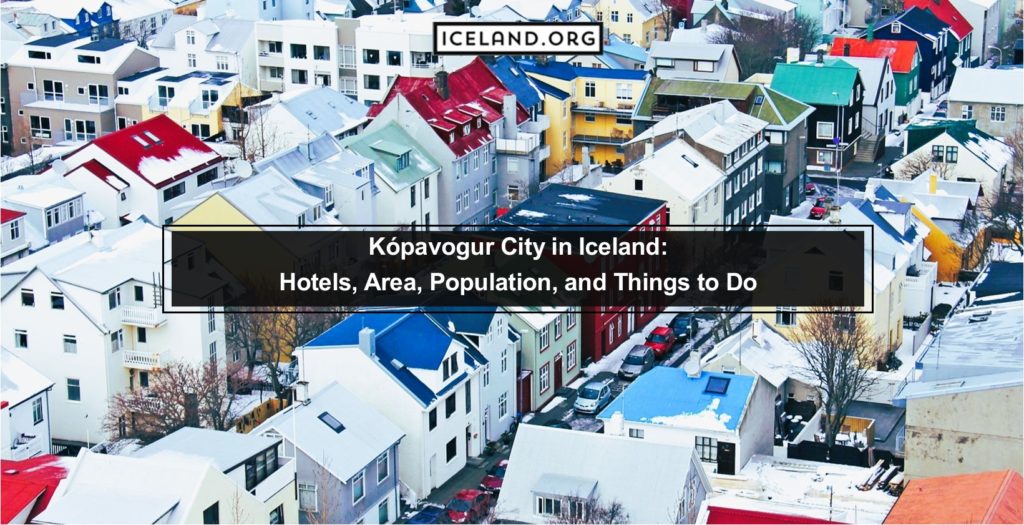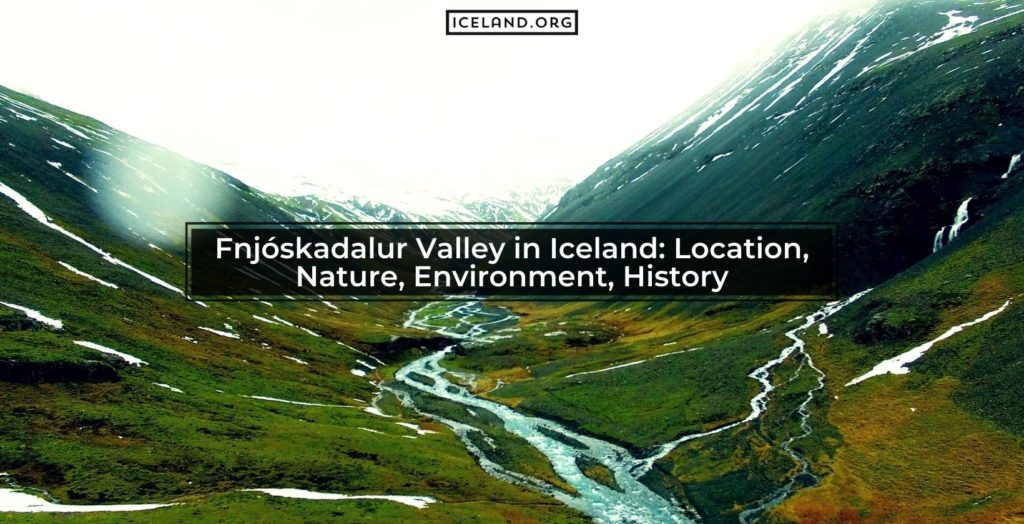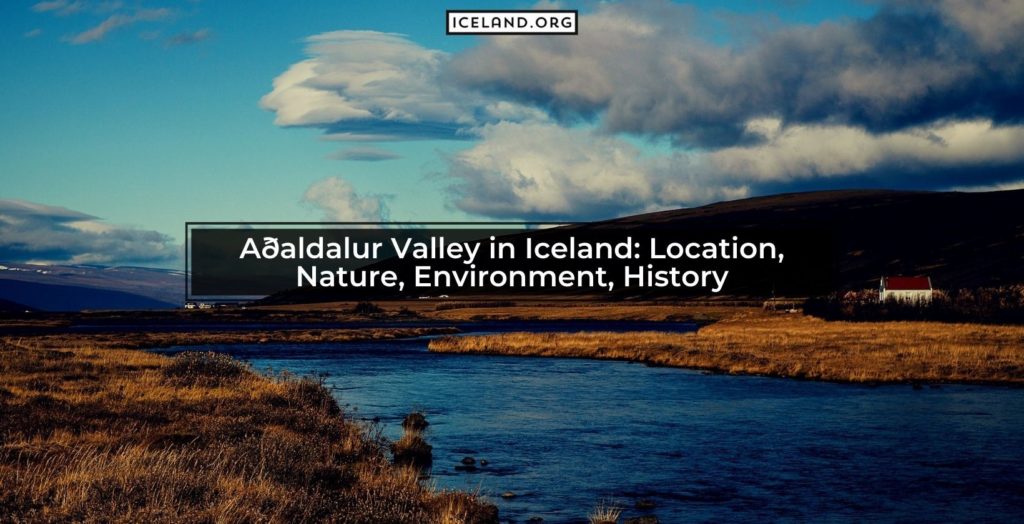Markarfljót River in Iceland: Length, Width, Fishes, Location, and Environment
The Markarfljót River in Iceland is 62 miles (100 km) long. It originates from an area just east of the Hekla volcano. The primary sources for this well-known river are the glaciers Mýrdalsjökull and Eyjafjallajökull. It moves from narrow gorges in the mountainous area around the volcano before becoming much winder through the sandur plains […]
Markarfljót River in Iceland: Length, Width, Fishes, Location, and Environment Read More »


